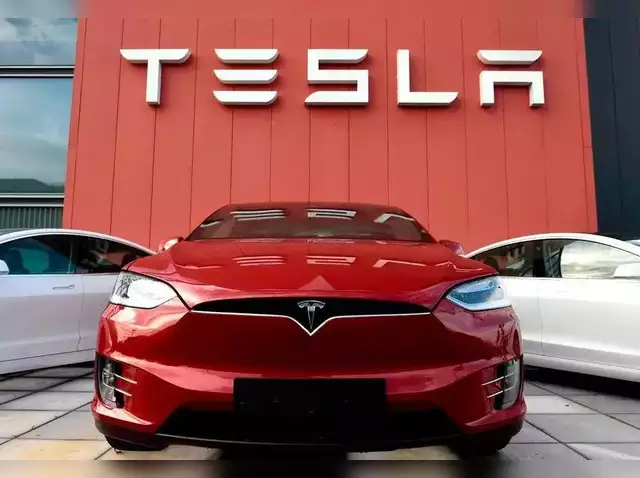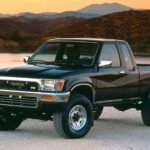Elon Musk and LVMH mogul Bernard Arnault are frequently in the running to be the richest person in the world, and Tesla’s stock fluctuates daily according to what Musk says on Twitter, what he says on podcasts, and what announcements he makes about Cybertrucks.
However, Tesla’s market share in the worldwide electric vehicle market is the one factor that will affect a company’s worth. According to Counterpoint Research, it topped China’s BYD Auto to a global market share of 20% in the second quarter of 2023 after boasting an incredible 62% share in the US in the first quarter of this year.
Though the most recent count places it at roughly 56.5%, Business Insider reports that industry insiders believe this vice-like grip is gradually loosening. Data analytics company Experian highlights the fact that Tesla’s overall EV market dominance in the US has decreased from 79.4% in 2020 to 65.4% at the end of 2022. In terms of market share, that is rapidly declining.
This was bound to occur eventually. Up until now, incumbent automakers have been content to rest on their laurels and have not taken action on the most profound transformation the auto industry has seen in, well, forever, which has allowed Tesla to enjoy nearly uncontested dominance in EV sales.
That is now changing, and consumers—whether they are fans of Tesla, prefer to remain with tried-and-true manufacturers, or are searching the Asian markets for solutions—will only benefit from this newly heightened competition.
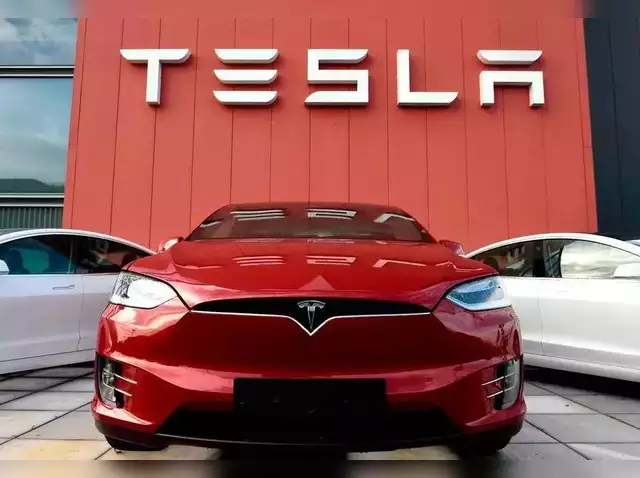
China’s threat
Though most people in the West are probably just now learning about them, NIO, Xpeng, Zeekr, and Wuling are all formidable competitors for Tesla’s market share.
The company’s other reasonably priced models have been drawing interest from all over the world, but it is the Warren Buffet-backed BYD that is already giving Musk fits. According to Electron, the Atto 3 was the best-selling EV in Sweden in July. Tesla and BYD are now in a monthly competition to be the top global EV sellers.
Furthermore, China is now a true challenger to the established automotive establishment rather than just a country that will produce “cheap and cheerful” cars with dubious build quality since the auto industry was caught napping on the country.
Indeed, early reviews from prestigious automotive publications like Autocar and others have been positive about models like Nio’s opulent ET5. It’s so fantastic to look at and drive that Autocar gave it a rating of 4/5 stars. This newcomer already poses a serious threat to the Tesla Model 3 and BMW i4. Similar tales can be made about BYD’s Seal and Dolphin, two excellent options for the money.
In summary, Tesla has been considerably more unawares than many other automotive heavyweights, including the aforementioned BMW, Mercedes-Benz, Ford, and many more.
Tesla will eventually have to respond to this growing competition from the East, whether it takes the form of new vehicles (apart from the Cybertruck), updated technology, or even more affordable pricing points. And that’s all in the cards.
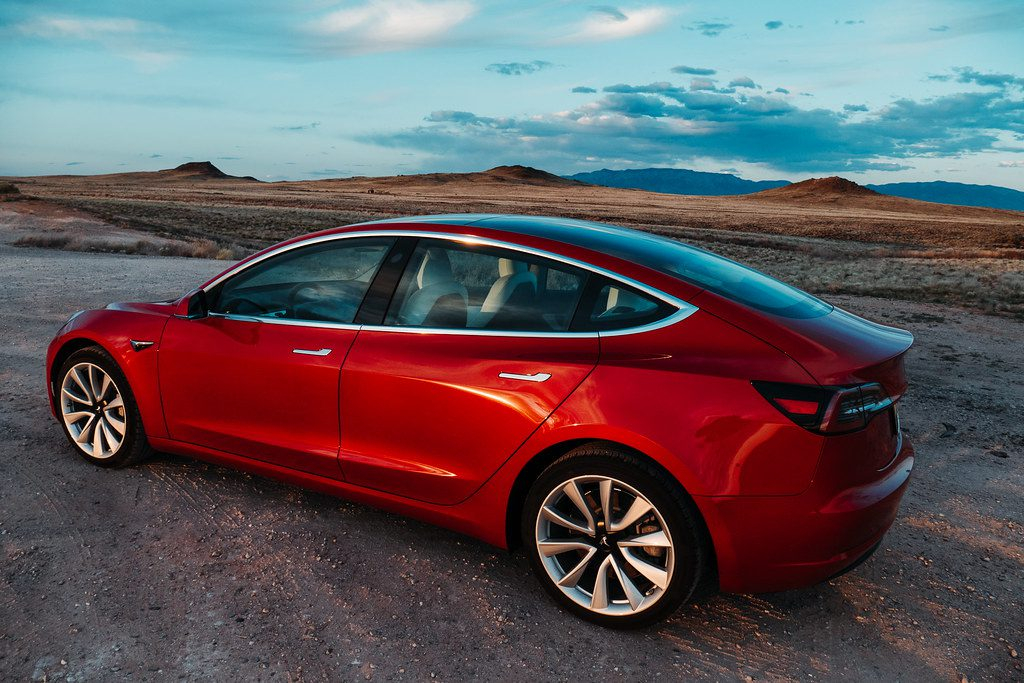
EVs are about to get cheaper.
In the field of electric vehicles, efforts are concentrated on developing more reasonably priced EV solutions that, by not sacrificing build quality or electric range, may eventually lead to mass conversion to electrification.
Renault has revealed that it is bringing back the Twingo name for a 2026 launch. At €20,000 (£17,000), it will be among the least expensive EVs in Europe. Kia plans to launch its highly anticipated little electric vehicle, the EV 2, in the same year for less than $30,000, £25,000, or AUS$45,000, while Jeep has just launched its electric Avenger, which will cost just over £35,000 or €39,000. Jeep regrettably believes it is too tiny for the US market.
The ultimate goal is to produce an affordable electric vehicle (EV) that is lucrative for its manufacturer and appealing to the masses. As expected, Tesla has responded. It has previously said that it intends to introduce a €25,000 ($26,838) vehicle that will be half as expensive as the current Model 3 and sit below it in the inexpensive electric car market.
But a lot of this depends on how much batteries cost and what raw materials are needed to create them. Some have stated that these costs have been declining recently, to the extent that “decreasing cell prices could allow [manufacturers] to sell mass-market electric vehicles at comparable prices to internal combustion engine vehicles, with the same margin, improving the attractiveness of the EV transition for both consumers and automakers,” according to Benchmark Mineral Intelligence analyst Evan Hartley.
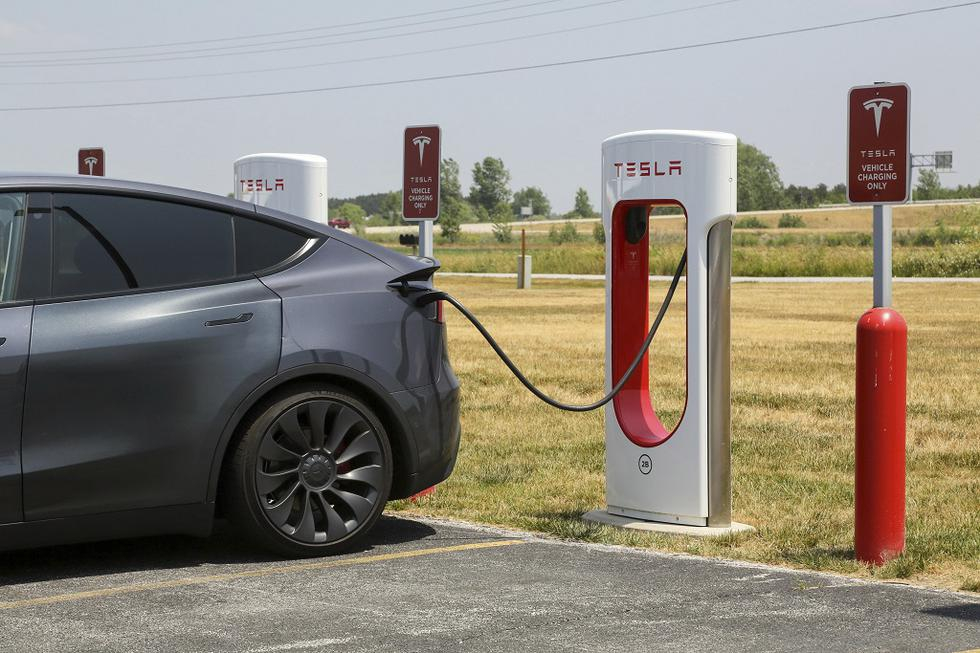
The network of chargers will be enhanced by Tesla.
Tesla has moved shrewdly into other important electric vehicle markets in response to mounting pressure on its overall EV sales. It has begun offering EV charging companies its Supercharger technology, to start.
BP and the EG Group, who plan to establish hundreds of Supercharger stations around the UK, Europe, and North America, have already agreed to deals worth hundreds of millions of euros thanks to the provision of these white-labeled, fully functional fast charging systems. EV owners will be happy to hear this.
Given that the majority of governments are already lagging behind their own self-imposed targets for installing EV charging outlets, Tesla may be able to turn a healthy profit by providing dependable, tried-and-true hardware.
Although the Tesla Supercharger network is far from flawless, it is more reliable than competing products from different startups; also, it is frequently the most easily navigable and well-maintained. Furthermore, since Tesla has been busy setting up Supercharger outlets long before EVs were widely used, there are just more of them.

Since Tesla is selling its technology as an essentially plug-and-play option, additional energy suppliers, owners of shopping centers, parking lots, and even hotel chains may be persuaded to make big purchases.
Musk’s business, which provides comparable plug-and-play solar, Powerwall, and Megapack battery storage options, is likewise a significant force in the energy industry.
Energy suppliers will be looking to local green solutions as a solution since EV adoption will simply increase the load on the grid.
Public charging stations that can store energy in the form of solar power and batteries are just the beginning; they may be able to solve some of the network’s existing problems.
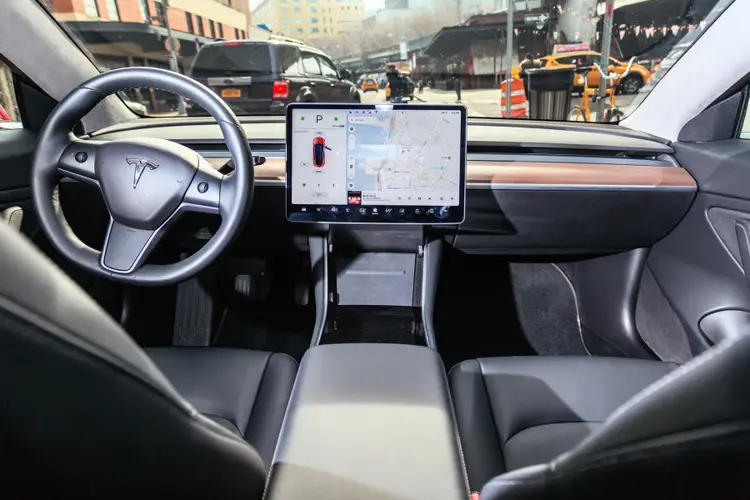
That’s entertainment (in the car).
With its sophisticated connected infotainment system, Tesla may have been the first in the automobile industry to pioneer the concept of “automotive services,” or pay-as-you-go capabilities that users may access via the touchscreen of their car. It’s time to lease those upscale features now that you have purchased the vehicle.
Since most payments are made through subscription plans, Tesla’s monthly cash flow is increased.
According to Business Insider, “services as other revenue” accounted for $6.1 billion in sales in 2022, which was a 60% rise over the previous year. This was Tesla’s second-largest revenue category.
Numerous established automakers, like as Mercedes-Benz and BMW, have also been investigating this model, and many more are expected to follow suit. If implemented properly, it may lower the price of “entry-level” EVs, with the most affordable entry point for electric motoring coming from basic models.
From here, users could select whether to use the infotainment system to unlock gaming features or pay to services like heated seats.
The shelf life of contemporary EVs has been questioned by numerous industry insiders, including this writer, because of the dependence on software and over-the-air (OTA) updates. Will they become obsolete, like that iPad you have crammed beneath your couch?
It’s a legitimate worry that has an impact on electric vehicles’ residual values right now. Simply said, some purchasers aren’t sure they’ll retain their value over time, unlike many cars with internal combustion engines.
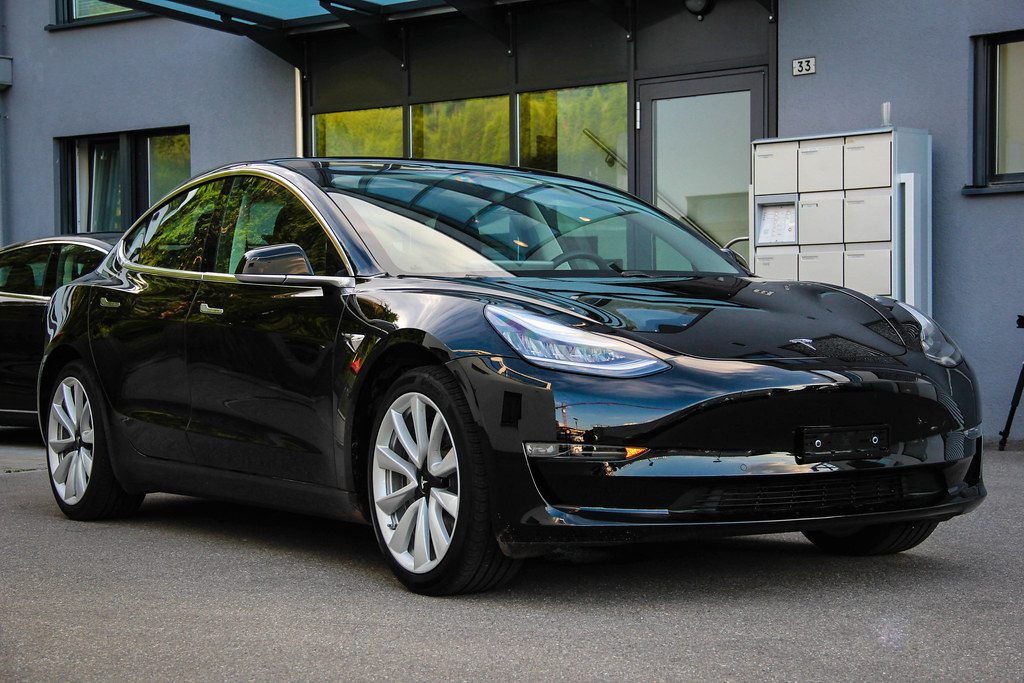
lowering the cost of insurance
Aside from complaints about the availability of public charging stations and wait times in general, one of the most important points of contention for modern EV owners is the complex subject of insurance.
In the end, the cost of insurance for electric vehicles is high. The cost of purchasing is high now, the cost of repairing broken batteries is high (since very few people know how), and electric motor performance is naturally quick.
This is something Tesla hasn’t avoided, and when combined with the misunderstanding surrounding its fully autonomous and autopiloting technologies, it’s produced a perfect storm for insurance costs.
However, Musk intervened on his own when Tesla owners began complaining that their insurance rates were way too high. He just opened up his own insurance company, despite being one of the most powerful people on the planet.

Due to the fact that every drive generates an inconceivable amount of data, Tesla is able to provide premiums based on the unique driving behaviors of each of its drivers. “We use existing technology in our vehicles to track your real-time driving behavior, no additional hardware required,” it reads.
Consumers register via the Tesla internal app, which has a Safety Score (in beta right now). The software then uses information from the car’s numerous onboard sensors to calculate a monthly Safety Score, which establishes the premium for the next month.
It is interesting that an automaker wants to insure solely its own cars, even if telemetry devices have been used by insurers to try to cut premiums, so it’s not entirely new.
“When you’re providing specific insurance for a vehicle, you can more tightly control those relative costs and you can see the absolute risk that your buyers or users offer, and therefore you can give a more bespoke product that may be more competitive than a general insurer,” Matthew Avery of Thatcham Research told Wired in an interview.
Tesla can expect to lower premiums for its owners the more information it gathers on its drivers. Depending on the state, US insurance and credit card expert ValuePenguin claims that Tesla’s insurance costs can be up to 49% less than those of the biggest insurers.
Although some early customers have complained about long wait times for maintenance, poor customer service, and delayed reimbursements after accidents, Tesla’s offering is far from flawless. In any case, it might become popular among other EV manufacturers, especially since the majority of contemporary cars come equipped with the necessary sensors and connectivity to provide the massive amounts of data needed.


